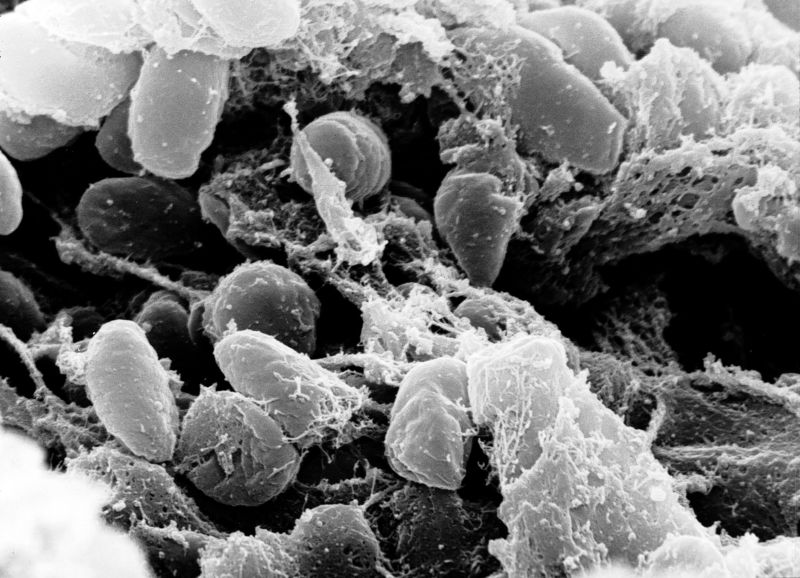Medieval European plague genomes hint at Black Death’s travels

Enlarge / Scanning electron micrograph depicting a mass of Yersinia pestis bacteria (the cause of bubonic plague) in the foregut of the flea vector. (credit: Rocky Mountain Laboratories / Wikimedia)
Barbara Bramanti grew up near Florence, Italy, worked for a while in Mainz, Germany, and is now at the University of Oslo in Norway. Her career has taken her across a decent swath of Western Europe-but not nearly across as big of an area as that ravaged by the plague she studies.
In her latest work, she and her colleagues associate Europe's Black Death plague outbreak with a change in trade policy in Asia.
Where'd they come from?Yersinia pestis, the subject of her research, is the bacterium responsible for three bubonic plague pandemics over human history. The first was the Justinian Plague, which started in Constantinople around the year 541 CE and devastated the Byzantine Empire until the middle of the eighth century. The second began with the Black Death, which killed at least 30 percent of the population of Western Europe between 1346 and 1353 and then continued rampaging over the next 400-ish years. The third started in 1772 in Yunnan Province, in Southwest China, and is still currently underway.
Read 7 remaining paragraphs | Comments